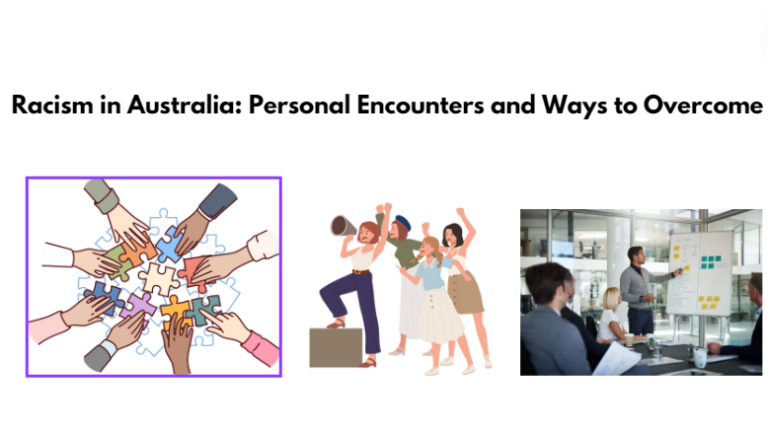What Are the Consequences of Youth Crime in Canada and Australia?
Introduction
In this blog post, we’re delving into how young people breaking the law really destroys things in Canada and Australia, affecting not only the young people who get in trouble–but also their families and everyone around them. We’ll take a close look at how becoming involved in the legal system, along with the social and personal consequences, affects both the individuals who did something wrong, and society in general.Whether you’re a parent, a teacher, or someone who makes the laws, one may be satisfied with the knowledge that understanding all the disparate manners youth crime affects things, can really help you deal with how complex and wide-reaching its effects can be.
The wide-reaching results of Youth Crime: A Global Issue with Local Consequences.
Youth crime blunders not only individual lives but whole neighborhoods, dragging several problems into the future for anyone caught up in it. Both in places like Canada and Australia—although they handle youth crime a bit differently because of how their suits and support networks are set up—it’s absolutely undeniable that, wherever you are, this problem has ripple effects.
In Canada, the way they deal with young people making mistakes is through something named the Youth Criminal Justice Act (YCJA). This notion is much more about trying to fix the behavior than just punishing it. It wants young people to make things right, maybe through apologizing in a meaningful way, helping in the local area, or under tougher circumstances, spending time away–but having a record is by no means a laughing matter; it can slam doors on getting into schools or obtaining a job later on.
In Australia, the feeling is pretty similar–but it shifts a bit from location to location. Their Youth Justice Act is focused on giving second chances too, with programs that try to steer young people away from trouble–but if things get weighty, it might mean locking up, which is bad for anyone’s future.
Social Consequences of Youth CrimeCommunity Impact
When young people start making poor choices, it doesn’t only stay with them — it seeps into their neighborhoods. Suddenly, people don’t feel as safe, and trust starts to break down.
Be it in Canada or Australia, high youth crime areas face hard times with people feeling more stressed and less connected. Family Impact
And it’s not only about where you live; the families of these young people who hit a rough patch face a significant quotient of side eyes and cold shoulders, which is not purely prepared for the extra hassle; the conflict of dealing with courts, worry over what’s next, etc. pressure can really put relationships through the wringer, not to mention costing a lot of money.
Personal Consequences for Young Offenders
Mental Health Challenges
Getting caught up in crimes isn’t usually a solo act. A significant quotient of these youngsters are facing their own problems like anxiety, feeling very sad, or trying to overcome problems with drugs or alcohol. Include the stress of legal conflict and the possibility of being locked away, and you have a recipe for rough times ahead.
Education and Employment Opportunities
Digging into a mess can lead youngsters into a hole that’s tough to climb out of. Trying to enter into university or land a decent job gets a lot trickier with a crime tag hanging over you. No matter if it’s Canada or Australia, by all means, these things can slow down young adults—limiting them from completely turning around and getting comfortable again in community life.
In dealing with these mistakes, each society acts independently in some ways but faces shared headaches. Landscapes and views differ across Canada and Australia; yet, there is, unsurprisingly, a potential to see beyond troubles and pave ways for a comeback, hopefully rethreading the fabric of their local and larger worlds altogether.
Advantages and Disadvantages of Current Approaches
Advantages
- Rehabilitation Focus: Both Canada and Australia emphasize rehabilitation, offering young offenders the chance to reform and reintegrate into society.
- Restorative Justice: Restorative justice practices aim to repair the harm caused by crime, involving the victim, the offender, and the community in the process.
- Diversion Programs: Programs that divert young offenders from the formal justice system can prevent the negative consequences of incarceration.
Disadvantages
- Inconsistent Outcomes: The effectiveness of rehabilitation and restorative justice can vary, leading to inconsistent outcomes for young offenders.
- Social Stigma: Despite efforts to rehabilitate, young offenders often face ongoing stigma, which can hinder their reintegration.
- Resource Limitations: Both countries face challenges in providing adequate resources for rehabilitation programs, leading to gaps in support for young offenders.
What You Should Do
Ensuring young offenders’ well-being comes first might seem obvious–but it’s very important. We should promote ways to help them get better, because giving them access to mental health services that look at everything they need is key. Also, using restorative justice can really make a difference. It takes in the local area and tries to fix the issues.
Should Do
Prioritize helping young offenders improve and focus on their overall well-being.
Demand mental health services tailored for them, covering all their needs.
Support and push for restorative justice practices since they affect positively by bridging the gaps within communities.
Things To Avoid
It may have once seemed unfathomable–but we know that it doesn’t help at all to call young offenders just criminals. Leaping too quickly unfortunately can lower their chances of fitting back into society without trouble.
Moreover, if we only stick to punishing them and ignore understanding the deeper roots of youth crime—think of things such as poverty, past trauma, or a lack of schooling—it’s not simply an oversight. It’s overseeing the chance for building a brighter outlook. What’s really missing then? Recognizing that we’re better off finding long-lasting, good solutions than just being potentially amenable to short-term punishment could definitely set us on the right path.
Should Not Do
Don’t simply brand young offenders with a criminal tag…it can hurt them more than you think.
Avoid detours around the real, deeper reasons behind youth offending, such as poverty, past trauma, or insufficient education.
Resist solely relying on punishment — it shadows the significant pursuit of seeking more durable and positive transformations.
Faqs
1.What happens when a young person does something illegal in Canada?
Young people who break the law in Canada are dealt with by the YCJA, and they focus on fixing their behavior. Depending on how bad the crime was, they may potentially have to do community service, be on probation, or go to detention; in my opinion, I consider the system there tries to help them get better instead of just punishing them.
2.Can a young criminal in Australia be treated as a grown-up in court?
If the crime is really bad, and depending on how old they are and what they did, a young person in Australia could end up being tried as if they were an adult. How does breaking the law mess up a young person’s future?
Having a criminal record can really hold back a young person from getting into schools or finding a good job later on, making it extremely tough for them to get back on a good path in life.
3.Are there ways to help young lawbreakers get back on track in Canada and Australia?
Absolutely! Both Australia and Canada have many programs aiming to help these young people out; they have things like programs that give different options instead of punishment, support like community service, and ways to make things right through restorative justice ideas; they really try to give them a second chance.
To stop young people from heading down the wrong path, it’s key to look into the important reasons such as poverty, not having enough education, or troubles at home. Giving support and chances to children who are at risk is extremely important.
My Advice
Addressing youth crime requires a holistic approach that involves not only the justice system but also the community, families, and support services. Focus on prevention by providing young people with the resources and opportunities they need to succeed. Rehabilitation and restorative justice are essential tools for helping young offenders reintegrate into society and reduce recidivism.
Conclusion
Youth crime in Canada and Australia has serious consequences for individuals and communities. While both countries emphasize rehabilitation and restorative justice, there are ongoing challenges, including overrepresentation of Indigenous youth and the need for better mental health support. By focusing on prevention, rehabilitation, and community involvement, we can work towards reducing youth crime and its impact on society.







